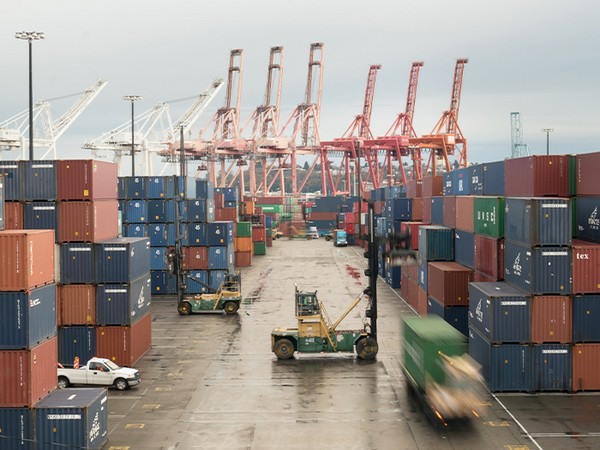The global produce industry is a fascinating and entirely unique business model, with arguably one of the most delicate operational chains that spans global markets and meticulously juggles countless daily moving pieces. The industry is also no stranger to incident response, troubleshooting, and navigating large scale challenges whether weather related, a hiring or labor challenge, government policy adjustments, or other such challenges. All this to say this is an incredibly efficient and nimble industry that is arguably very capable of pivoting quickly when faced with new challenges.
The industry is currently facing one of the biggest global challenges we have experienced to date. It has everyone in the supply chain from growers to customers asking, “where in the world is my container?”
It is well known that Covid-19 has disrupted the entire global logistics chain, effecting every industry and every business around the world. Simply put, the global supply market was unprepared for the surge of demand for virtually every product. Whether Pelotons, electronics,
home furnishings, shoes, gardening supplies, you name it, people were seeking to buy. Demand went through the roof and the supply chain was caught off guard and playing catch up.
 “The supply demand was unprecedented. It was like taking back-to-school and holiday predictable demand periods, putting them together, and that still didn’t properly represent demand levels,” shares Tim Clarke, President of Vanguard International USA.
“The supply demand was unprecedented. It was like taking back-to-school and holiday predictable demand periods, putting them together, and that still didn’t properly represent demand levels,” shares Tim Clarke, President of Vanguard International USA.
Demand for products out of the Greater Asia regions has been so strong that freight rates can be upwards of $20,000 for a container on the spot market. In many instances this represented a quadrupling of ‘normal’ rates. Rising demand for shipping containers was so strong that in many cases steamship lines would load empty containers on vessels just to get them back to Asia as fast as possible to be reloaded. “The demand has just continued to push freight costs up and up and to date we still have not seen a ceiling,” comments Clarke.
“One carrier source we work with shared that the demand on the frozen food industry side of things is so high they (carrier) are being offered $6,000 over their current rate and noted they have not found the top of what price will be offered. Luckily, they have continued to work with us within our given contracts because they are looking at our long-term relationship, but this is not the case in every scenario,” shared Clarke.
 Photo taken at port in Seattle.
Photo taken at port in Seattle.
Looking at the USA market, we are seeing first-hand the supply chain infrastructure completely break down. As of the last week of July there were 3,000 full containers sitting on the rail lines just outside Chicago that caused train traffic to completely halt. The containers were unable to be unpacked because storage facilities are so full there is no available warehouse space. Now these containers that should be on their way via train or truck are serving as expensive floating or stuck-in-place temporary storage solutions.
Not only are we seeing containers sitting empty or floating full waiting out the backlog, but now we are also seeing a shortage of container chassis. Containers normally come off ships, but their return is so delayed that they cannot take the containers off the boat, and when they do, there is no guarantee a chassis will be available to move it. Industry truckers are ham strung by long weight times at ports and the shortage of equipment. You need a chassis to pull a container to the point of loading.
The result is that the once clinically dialed supply on demand process that defined the industry is seeing major disorganization, delays, and price surges, ultimately resulting in customers asking, “where in the world is my container?”
Part two will be published tomorrow and will take a closer look at what this means for the perishable industry that has an even tighter demand on timelines. As well, we will explore the question everyone is asking– when will things return to normal.
 Contact:
Contact:
Andrea Bava
Vanguard International
Tel: 778 908 1764
[email protected]
www.vanguardfresh.com










